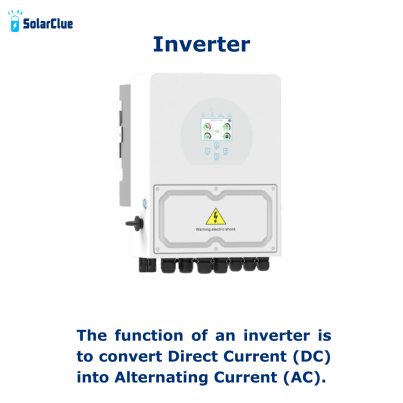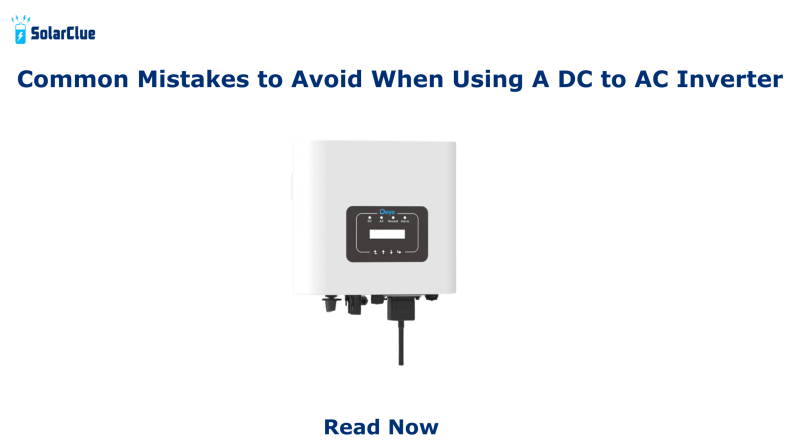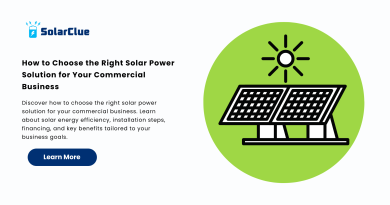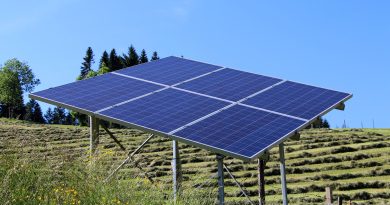Common Mistakes to Avoid When Using A DC to AC Inverter
Hey there! Have you ever been confused about how to properly use a DC to AC inverter? You’re not alone. These handy devices are essential for converting direct current (DC) from sources like batteries and solar panels into the alternating current (AC) that powers most of our everyday gadgets. They can be super useful, but it’s easy to make mistakes if you’re not familiar with them. Don’t worry, though—we’re here to help! Let’s talk about some common mistakes people make with DC to AC inverters and how you can avoid them.
Table of Contents
Mistakes To avoid When using A DC to AC Inverter
1.Choosing the Wrong Size Inverter
One of the first mistakes people make is picking an inverter that’s either too big or too small for their needs. If it’s too small, it won’t handle the load of your devices. If it’s too big, you’ll waste energy and money.
Tip: Calculate the total wattage of the devices you plan to power. Always choose an inverter with a slightly higher wattage than your needs to ensure it can handle peak power demands.
2. Ignoring the Input Voltage
Inverters need a specific input voltage to function correctly. Connecting an inverter designed for 12V systems to a 24V battery will damage the inverter and possibly your devices.
Tip: Always check the input voltage requirements of your inverter and match them with your power source. Label your power sources if you have multiple to avoid mix-ups.
3. Poor Installation Location
Placing your inverter in a cramped, hot, or wet area can lead to overheating and damage. These devices need proper ventilation and a dry environment to operate efficiently.
Tip: Install your inverter in a well-ventilated, cool, and dry place. Keep it away from direct sunlight and ensure there’s enough space around it for air circulation.
4. Incorrect Wiring
Improper wiring can cause short circuits, which might damage your inverter and other connected devices. It’s crucial to follow the wiring diagram provided by the manufacturer.
Tip: If you’re not confident in your wiring skills, it’s best to consult a professional. Double-check all connections and ensure they are tight and secure.

5. Overloading the Inverter
Plugging in too many devices or devices that draw more power than the inverter can handle is a common mistake. This can lead to the inverter overheating and shutting down or, worse, getting permanently damaged.
Tip: Know your inverter’s maximum load capacity and stick to it. Use a power strip with a built-in circuit breaker to prevent overloading.
6. Not Using the Correct Cables
Using cables that are too thin or of poor quality can cause significant voltage drops and overheating. This can affect the performance of your inverter and the devices connected to it.
Tip : Always use the recommended gauge and type of cables as specified by the inverter manufacturer. Thicker, high-quality cables are generally better for reducing voltage drops.
7. Neglecting Regular Maintenance
Inverters, like any other electronic devices, require regular maintenance to ensure they function properly. Dust and waste can accumulate inside the inverter, causing it to overheat or malfunction.
Tip: Periodically clean your inverter and check for any loose connections or signs of wear and tear. Follow the maintenance guidelines provided in the user manual.
8. Ignoring Safety Precautions
Working with electrical devices always carries some risk. Not following safety guidelines can result in electric shocks, fires, or damage to your inverter and other equipment.
Tip: Always turn off the power source before making any adjustments or connections. Wear appropriate safety gear, and if you’re unsure about something, seek professional help.
9. Misunderstanding Pure Sine Wave vs. Modified Sine Wave
Not all inverters are created equal. Pure sine wave inverters produce a smoother and more reliable current similar to what you get from the grid, while modified sine wave inverters are cheaper but may not work well with all devices.
Tip: Consider the types of devices you plan to power. Sensitive electronics, like computers and medical equipment, typically require a pure sine wave inverter.
10. Not Considering Efficiency
Some inverters are more efficient than others. An inefficient inverter wastes energy, which can be a big deal if you’re relying on solar panels or batteries.
Tip: Look for inverters with high efficiency ratings. They may cost a bit more upfront but will save you money in the long run by reducing energy waste.
Conclusion
And there you have it! Avoiding these common mistakes can make your experience with DC to AC inverters much smoother and more enjoyable. Remember, a bit of research and caution goes a long way in ensuring your inverter works efficiently and lasts a long time. Happy inverting!
Visit SolarClue® to see the best Solar Inverter. SolarClue® actively sells solar energy products at discounts of up to 50% on its online marketplace.




